As the world evolves, so does the approach to education, critical for successful adaptation. Traditional education models implied years of conventional learning, but rapid changes demand new methodologies. Today’s knowledge may become obsolete tomorrow, necessitating a reevaluation of learning methods, the integration of technology, and the principles of continuous education for effective adaptation to a dynamic world. Below, we briefly explore the key educational trends facilitating this transformation over the next 12 months and beyond.
Artificial Intelligence: Transforming Learning
Artificial Intelligence (AI), a hallmark of the 21st century, is radically altering all domains, including education. In classrooms, AI manifests as virtual assistants for students and teachers, personalized tutoring systems, remote and online learning platforms, and language translation tools for multilingual institutions. In China, some schools are even adopting facial recognition technology to monitor student attention during classes. UNESCO sees AI as a tool to address major contemporary education challenges, such as eliminating educational inequality and expanding global access to knowledge. However, ensuring equitable AI implementation is crucial to avoid exacerbating existing disparities.
“Education is the passport to the future, for tomorrow belongs to those who prepare for it today.” – Malcolm X
Virtual and Augmented Reality
Virtual (VR) and Augmented Reality (AR) are two forms of Enhanced Reality (XR) playing an increasing role in education. VR immerses users in virtual worlds, enriching learning from historical tours to training in hazardous conditions. In 2023, virtual classrooms are becoming more popular, transforming remote and classroom learning into a more interactive process. In medicine, VR aids in providing nursing students with emergency care experience and training surgeons in performing operations. AR, while requiring a device, overlays additional data onto the real world, enhancing real-time learning, such as alerting to potential hazards in industrial environments. Schools are introducing AR textbooks, visualizing everything from architecture to anatomy through smartphone cameras, while museums and other educational venues integrate AR for more interactive learning experiences.
Remote and Online Learning: A New Era
The Covid-19 pandemic accelerated the shift to remote and online learning. Even before the pandemic, there was growing interest in Massive Open Online Courses (MOOCs). Online learning allows students from remote or rural areas, where about 270 million children lack access to education, to interact with teachers. For urban residents, busy with daily life, online platforms like Udacity, Coursera, Udemy, and EdX offer opportunities to continue education at a convenient pace. These platforms support the concept of “lifelong learning,” helping to update and supplement skills in a rapidly changing technological world through micro- and nano-learning. A new trend in online learning is courses by celebrities and experts on platforms like Masterclass and BBC’s Maestro, offering unique opportunities to explore various fields from industry leaders.
Education Beyond the University
In 2023, high schools will expand their focus on preparing students for a variety of future careers, different from standard university education. Vocational-technical programs, providing training in a broad range of skills, may become more in-demand as schools and employers develop strategies to address skill shortages. In the US, 43% of high school graduates proceed to college, yet a significant portion of school resources is directed towards preparing this group. Meanwhile, those choosing alternative paths, such as apprenticeships or on-the-job training, receive less attention. As labor market demands shift from a preference for higher education to the need for specific skills, we can expect an adjustment in these trends. Europe has declared 2023 the “European Year of Skills,” emphasizing the importance of vocational and practical training in addition to traditional academic education. This reflects the recognition that diverse learning can drive economic growth during global economic challenges or recessions.
STEM and Soft Skills
Soft skills, including communication, teamwork, creative thinking, interpersonal problem-solving, relationship management, and conflict resolution, represent human qualities unlikely to be replicated by machines in the near future. In an era where AI increasingly takes on routine technical tasks, the importance of these skills is rising. Consequently, technical education will pay more attention to them as employers and industries begin to value them more. According to human resource experts, soft skills are crucial for organizational success, although they are harder to measure and assess compared to “hard” skills like mathematics, engineering, and programming. In 2023, STEM (Science, Technology, Engineering, and Mathematics) education programs will focus more on developing these critical skills and enhancing measures for their evaluation and measurement in an organizational context.
These five key trends in the educational sphere for 2023 illustrate the education system’s endeavor to adapt to a dynamically changing world. From actively integrating artificial intelligence and virtual reality technologies to expanding the focus on remote learning and soft skills, all these directions aim to equip students with a comprehensive set of skills and knowledge necessary for successful adaptation to future professional challenges. These trends underscore the importance of continuous learning and development, opening new horizons for individual and collective growth in education.

